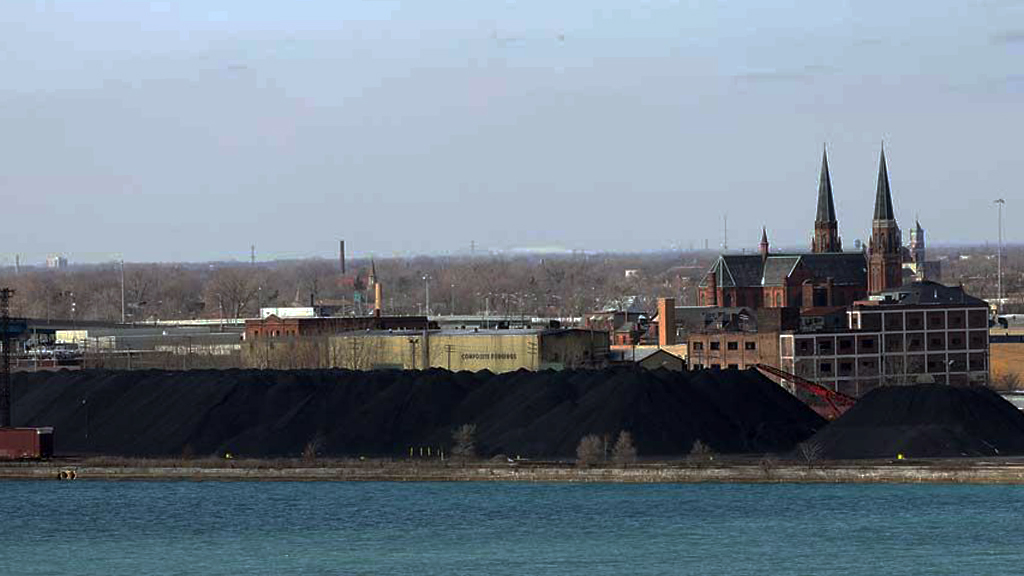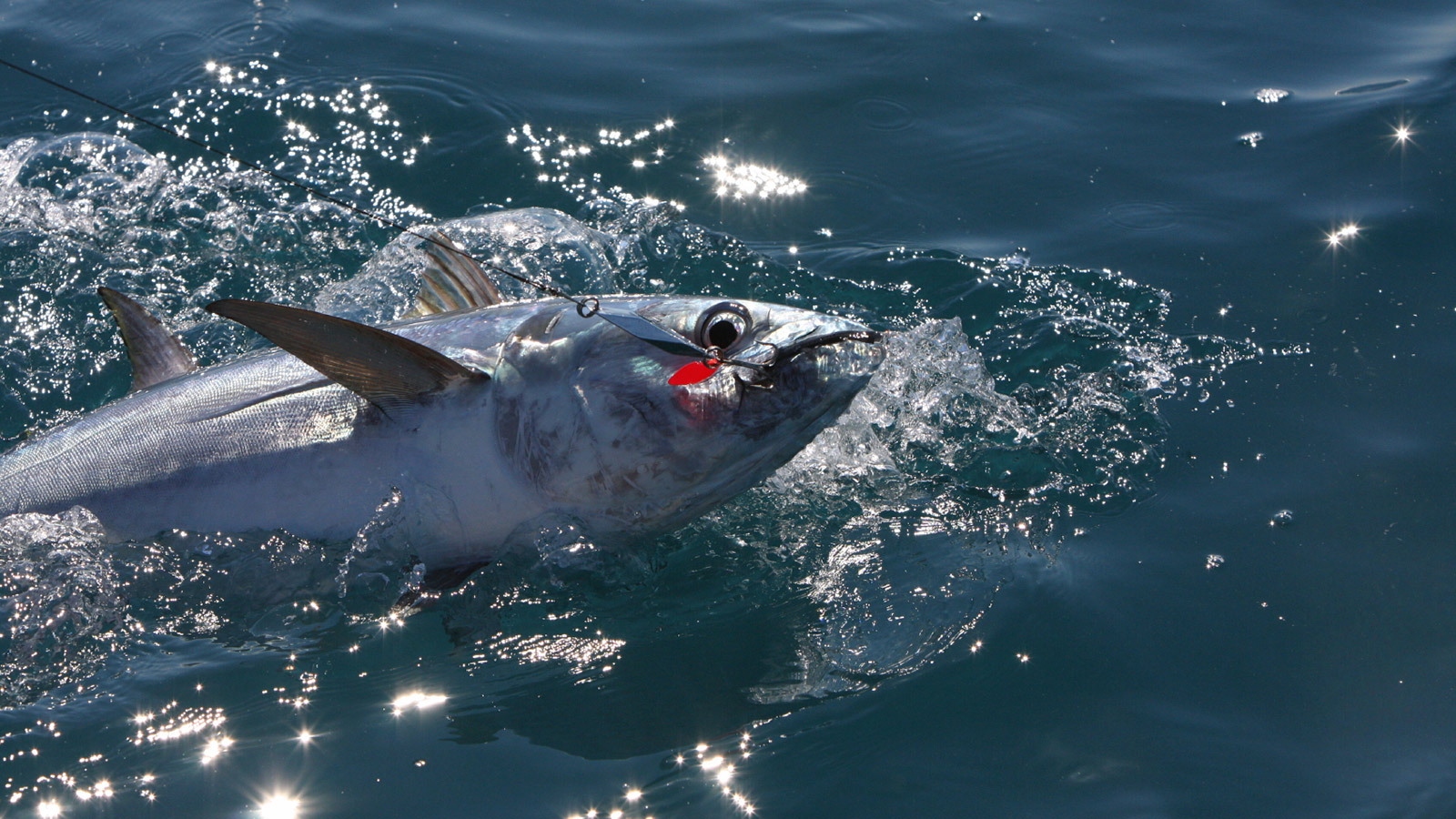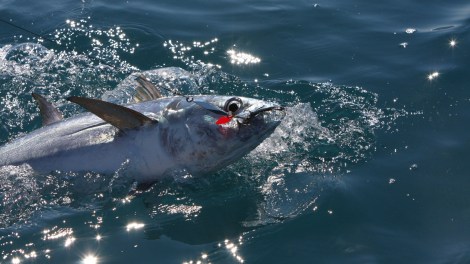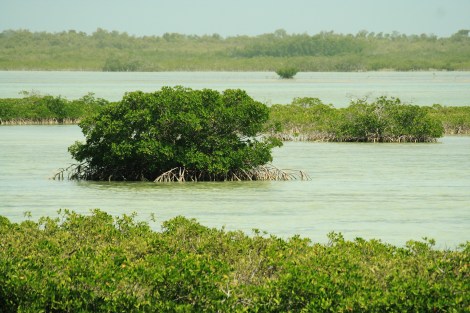Have you not finished reading the latest IPCC report? The definitive summary of what we’re doing to the Earth’s climate is only 1,552 pages long — that’s like a single George R. R. Martin novel, right?
Well, sushi-loving non-speedreaders are in luck, because a new report by the University of Cambridge Institute for Sustainability Leadership (CISL for short — pronounced, I assume, “sizzle”), along with the Sustainable Fisheries Partnership, turns the IPCC tome into the SparkNotes version of climate change’s impact on the seafood biz.
Annnnd if that’s not good enough for you busy bumble bee gobies, I’m going to shrink that down into even tinier chunks. I bring you the six ways that climate change is affecting your fish — and for bonus points, a few things you can do about it.
Think of this as your bare bones climate-change-and-seafood study guide, and be ready for the pop quiz next week.
1. Climate change is, drumroll please … bad for fish. Warmer water holds less oxygen, which will lead to smaller fish on average. Less oxygen means more dead zones, especially in near-shore areas where nitrogen-laced runoff contributes to algal blooms. Plus, ocean acidification is putting a lot of pressure on the small organisms which make up the base of the food chain. As a result of these stresses, in most parts of the world, fish catches will decrease by 40 to 60 percent. Meanwhile, catches at higher latitudes may actually increase, as equatorial fish flee warmer waters — but plenty of fish in tropical or enclosed seas may just flat out go extinct. Plus, food webs don’t necessarily migrate intact, so predators and prey are likely to lose track each other in the shuffle.
2. Like $17 to $41 billion bad. That’s how much climate change is going to cost the fishing industry by 2050, according to the IPCC. Furthermore, some 3 billion people get at least a fifth of their animal protein from the sea, and 400 million of those people depend critically on it — so less fish means a lot more hunger. Meanwhile, efforts to adapt to climate change is likely to cost the fishing sector somewhere in the neighborhood of $30 billion a year from now until 2050.
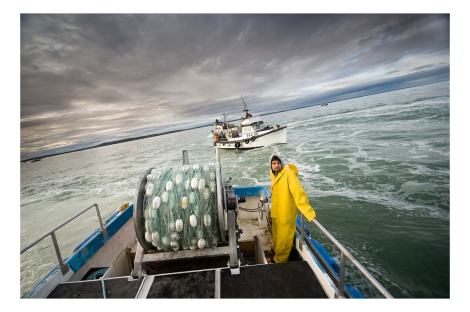
Nick Hall
3. We’re adding insult to injury. Healthy ecosystems might be able to resist some of the upcoming climate changes, but they don’t stand much of a chance when they are already severely stressed by pollution, runoff, microplastic, oil spills, bottom trawling, seabed mining, overfishing, invasive species, and all that jazz.
4. Coral reefs are headed for the exit. Coral reefs, some of the most productive ecosystems in the sea, are especially threatened by … all of the above. And when reefs go, a number of important coastal fisheries will be gone, too. The IPCC estimates that 10 to 12 percent of all fish caught in tropical countries and 20 to 25 percent of those caught by developing island nations, depend critically on reefs. (Maybe if the fish were less critical the reefs would want to stick around, amirite?)
5. Fish can migrate, but international accord is slower to catch up. When fish migrate, the treaties and agreements and international laws that say who is allowed to harvest how many have a hard time keeping up. There have already been problems with managing stocks of Atlantic mackerel, which have decamped for Iceland in recent years. Moneymaker tuna are especially likely to cause kerfuffles when they wander farther afield.
6. Fish farms, a possible alternative to wild fisheries, could be in trouble, too. On the plus side, climate change may make farmed fish grow faster. Plus, when all that ice in the arctic melts, just imagine how much room we’ll have to farm salmon! (The report unironically calls this “range expansion.”) But many of the ocean fish that we churn into food for farmed species are already in danger, meaning the race is way on to find a better fish food. Meanwhile, ocean acidification is severely messing with shellfish farmers, while rising sea levels threaten fish ponds with increased risk of flooding.
Bonus points: There are some things we can do to ease the pain. We can at least limit non-climate stressors, such as nitrogen pollution (by decreasing agricultural erosion) or rampant plastic force-feeding (by stepping up the recycling game, and winding down the plastic-everything consumer culture) or overfishing (by changing fishing gear, and updating fishery management protocol to be more flexible and responsive). Other solutions could include building artificial reefs to serve as fish nurseries when the coral goes, protecting mangroves and salt marshes as important habitat and carbon sequesters, and transporting all our international goods by dolphin. (OK, I added that last one. But that would probably help, right?)
Your assignment for Monday: Come up with a few quick ideas for slowing climate change and halting our oceans’ decline (12 pt font, 1 in. margins). Your sushi participation grade will depend on it.
